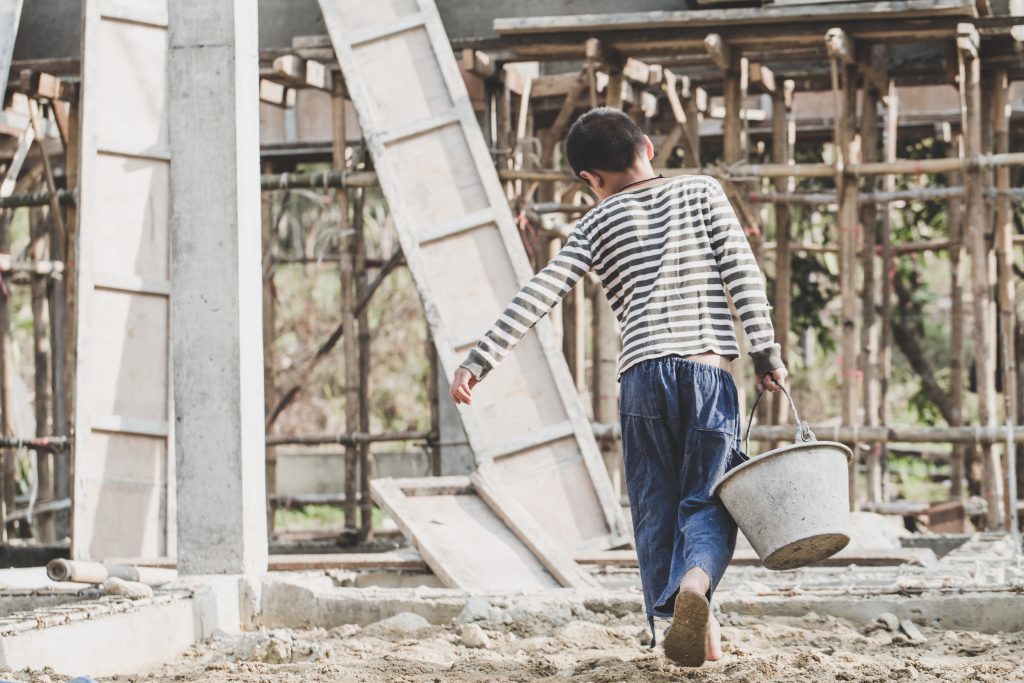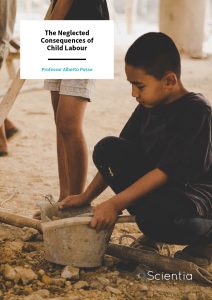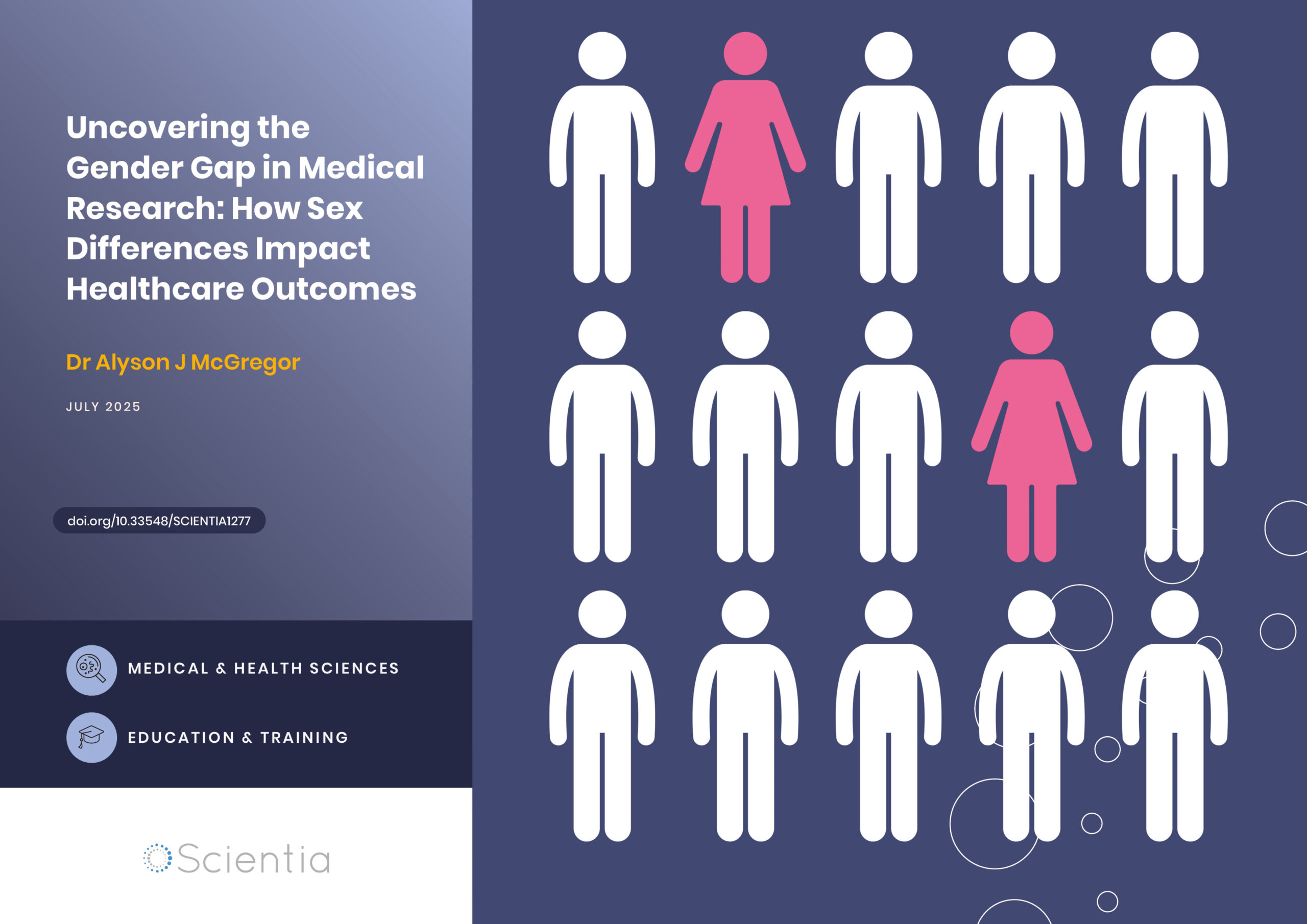Professor Alberto Posso – The Neglected Consequences of Child Labour
Child labour is a major social problem that contributes to poor physical health and lower educational achievement. Professor Alberto Posso (Royal Melbourne Institute of Technology) worked with Professor Simon Feeny (Royal Melbourne Institute of Technology), Dr Ahmed Skali (University of Groningen), Professor Amalendu Jyotishi (Azim Premji University), Dr Shyam Nath (Amrita University) and Dr P. K. Viswanathan (Amrita Vishwa Vidyapeetham) to address important gaps in the literature by conducting a large-scale study of children in rural areas of India. This work confirms the hugely negative impact of child labour on psychosocial well-being and opens up important implications for policy, practice and future research.
A Symptom and a Cause of Poverty
The International Labor Organization state that child labour deprives children of their childhood, potential and dignity, and harms their physical and mental development. Despite these deleterious consequences, recent reports estimate that globally, there are 160 million children aged engaged in child labour – representing an increase of 8.4 million in the last four years alone. And due to the impacts of COVID-19, millions more children are at risk.
As such, child labour represents a long-standing and challenging social problem in developing countries. India alone is responsible for 6% of child workers across the globe. Here, children typically live in rural areas and undertake agricultural or cultivating work.
It is likely that child labour is both a symptom and a cause of poverty. Not only do children engaged in labour achieve lower levels of education, but their physical health can also be jeopardised. Less is known however about the psychosocial and mental health impacts. In particular, previous studies have not been concerned with identifying a causal relationship between child labour and psychosocial well-being, while most research has only focused on children living in urban locations such as towns and cities.
Studying Child Labour in Tamil Nadu
Professor Alberto Posso from the Royal Melbourne Institute of Technology worked with colleagues Professor Simon Feeny (Royal Melbourne Institute of Technology), Dr Ahmed Skali (University of Groningen), Professor Amalendu Jyotishi (Azim Premji University), Dr Shyam Nath (Amrita University) and Dr P. K. Viswanathan (Amrita Vishwa Vidyapeetham) to identify the effects on various dimensions of child labour on the psychological well-being of children in Tamil Nadu, a predominantly rural and agricultural State in southern India.
The researchers collected data between June and September 2018, as this mid‐to‐late summer period meant children were most likely to be working. They randomly selected households with children aged between 12 and 18 years old, and on completion, had collected data on 947 children from 750 households across 20 villages. Just under half the children were female.
Of the surveyed children, 171 were defined as engaged in child labour, i.e., working in exchange for payment in any form (e.g., money, food), either as a regular commitment or as a less formal arrangement. All children completed established questionnaire measures of happiness, hope, emotional well-being, self‐efficacy, fear (being scared) and stress, and provided demographic details (e.g., age, gender, number of siblings). Adult respondents in each household provided information on wealth and their typical household expenditure to provide greater insight into the economic context of each child.

The Undeniable Impact of Work
Analyses confirmed that the children undertaking work reported lower levels of happiness, emotional well-being, self‐efficacy and hopefulness than their non-working peers. They were also more stressed (although this observation wasn’t statistically supported) and working and nonworking children reported similar levels of fear.
Looking more closely at the data, it was further confirmed that child labour was negatively and statistically significantly associated with happiness, hopefulness, emotional well-being and self‐efficacy. In other words, labour was associated with markedly lower psychosocial well-being across most of the outcomes measured in this study.
The researchers also undertook a variety of more complex statistical analyses to allow them to confirm the robustness of their findings and take into account potentially confounding factors such as sex and the specific village each child lived in. The findings were clear, leaving no doubt that working goes hand in hand with poorer psychosocial well-being. The researchers further proposed this is a causal relationship, by which they believe that labour directly causes detriments to child mental health.
Given that poorer mental health of children is related to other negative outcomes in life, including lower educational achievement, substance abuse, violence and poor reproductive health, these findings point to child labour as an important and necessary target for intervention.

Addressing a Difficult and Complex Problem
The researchers acknowledge that combatting the psychological consequences of child labour will require policymakers to treat the root causes of child labour. They also acknowledge that this problem is extremely difficult and complex to address from a policy perspective. Unfortunately, banning child labour could have adverse impacts on child wages, which may lead to an increase in child labour to compensate for the reduction in a family’s income.
With this in mind, the researchers have proposed that other types of interventions should be considered. For example, they suggest that family education programmes on how to identify mental health issues in children and adolescents could be developed, and that schools could step up their provision of mental health services, particularly in rural areas.
Critical Next Steps for Research
In addition to the proposals above, the researchers point to the next steps required from a research perspective. In their study, they did not measure how many hours children were working each week, so could not determine how the intensity of labour impacts psychological well-being. In addition, it would be useful to explore how different types of work impact children, as the demands of working in agriculture for example, differ in many ways from those involved in domestic labour. Finally, the current data did not allow the long‐term consequences of child labour and future research should take a longitudinal approach to track the impacts on children throughout their development in young adulthood and beyond.
SHARE
DOWNLOAD E-BOOK
REFERENCE
https://doi.org/10.33548/SCIENTIA883
MEET THE RESEARCHERS

This research was led by the Centre for International Development at Royal Melbourne Institute of Technology in collaboration with colleagues at Amrita University and the University of Groningen
KEY TEAM MEMBERS
Professor Alberto Posso, Royal Melbourne Institute of Technology, Australia
Professor Simon Feeny, Royal Melbourne Institute of Technology, Australia
Dr Ahmed Skali, University of Groningen, The Netherlands
Professor Amalendu Jyotishi, Azim Premji University, India
Dr Shyam Nath, Amrita University, India
Dr P. K. Viswanathan, Amrita Vishwa Vidyapeetham, India
CORRESPONDING AUTHOR
Professor Alberto Posso completed his PhD in Economics at the Australian National University in 2008. After this, he completed several research and teaching positions and in 2019, was appointed as Director of the Centre for International Development at the Royal Melbourne Institute of Technology (RMIT) and also Professor at the same institution. Throughout his career, Professor Posso has published prolifically in the fields of international development, labour economics, health economics, economics of education, child labour, poverty, migration, international trade and applied econometrics. He has received significant funding to support his work and he has been the recipient of many awards, including the RMIT Vice-Chancellor’s Research Excellence Team Award in 2021. He currently sits on the editorial board for Cuestiones Económicas and the Journal of Resilient Economies, and has been a highly active PhD supervisor, supporting the next generation of researchers in his field.
CONTACT
E: alberto.posso@rmit.edu.au
W: https://www.rmit.edu.au/contact/staff-contacts/academic-staff/p/posso-alberto; https://sites.google.com/view/alberto-posso/home?authuser=0&pli=1
T: @PossoAlb
LinkedIn: https://www.linkedin.com/in/alberto-posso-76492061
FUNDING
Royal Melbourne Institute of Technology
FURTHER READING
S Feeny, A Posso, A Skali, et al., Child labor and psychosocial wellbeing: Findings from India, Health Economics, 2021, 30(4), 876–902. DOI: https://doi.org/10.1002/hec.4224


REPUBLISH OUR ARTICLES
We encourage all formats of sharing and republishing of our articles. Whether you want to host on your website, publication or blog, we welcome this. Find out more
Creative Commons Licence (CC BY 4.0)
This work is licensed under a Creative Commons Attribution 4.0 International License. 
What does this mean?
Share: You can copy and redistribute the material in any medium or format
Adapt: You can change, and build upon the material for any purpose, even commercially.
Credit: You must give appropriate credit, provide a link to the license, and indicate if changes were made.
SUBSCRIBE NOW
Follow Us
MORE ARTICLES YOU MAY LIKE
Dr Alyson J McGregor | Uncovering the Gender Gap in Medical Research: How Sex Differences Impact Healthcare Outcomes
Medical research has historically focused predominantly on male subjects, leading to dangerous gaps in our understanding of how diseases and treatments affect women. Dr Alyson McGregor from University of South Carolina School of Medicine Greenville has devoted her career to addressing this critical issue, highlighting how biological sex differences impact health outcomes. Her work demonstrates that ignoring these differences can have life-threatening consequences and advocates for more inclusive research practices to ensure safe and effective healthcare for everyone.
How Food Environments Shape Our Eating Habits
How we eat dramatically impacts our health, yet millions of Americans live in ‘food deserts’ – areas with limited access to fresh, nutritious food. Recent research reveals that solving this crisis requires looking beyond just physical access to food to understand how our entire community environment shapes our dietary choices. Through a series of pioneering studies, Dr Terrence Thomas and colleagues at North Carolina A&T State University have been investigating how different aspects of our food environment influence what we put on our plates. Their findings suggest that creating lasting change requires reimagining how communities engage with food at every level.
Dr Jim Wu | Ziresovir Offers New Hope for Treating Respiratory Syncytial Virus Infections
Respiratory syncytial virus (RSV) causes respiratory tract infections in children and adults. While for many patients the outcomes of infection are mild, for others, infection can prove fatal, and there is a lack of effective treatments. Dr Jim Wu from the Shanghai Ark Biopharmaceutical Company in China carries out his vital research to develop new, safe, and effective treatments to tackle this killer.
Dr Sandra Grumelli | The Importance of the Choline in Chronic Lung Infections
People with chronic lung conditions like COPD and cystic fibrosis are vulnerable to lung infections caused by the bacterium Pseudomonas aeruginosa. These infections are often difficult to treat and can cause sudden worsening of symptoms, known as flare-ups or acute exacerbations. While we know P. aeruginosa triggers inflammation and damage in the lungs, much less is understood about how exactly it causes these flare-ups, or how it survives in such a harsh environment. Dr Sandra Grumelli from the Center of Investigations of Respiratory Diseases in Argentina, has explored the role of a common molecule called choline which is released during infection. Using a combination of mouse models and laboratory experiments, she has discovered that choline not only makes breathing harder, it also helps P. aeruginosa adapt to and persist in the lungs. Her research opens up new possibilities for tackling chronic infections by targeting the bacteria’s energy use and the way it responds to its environment.





